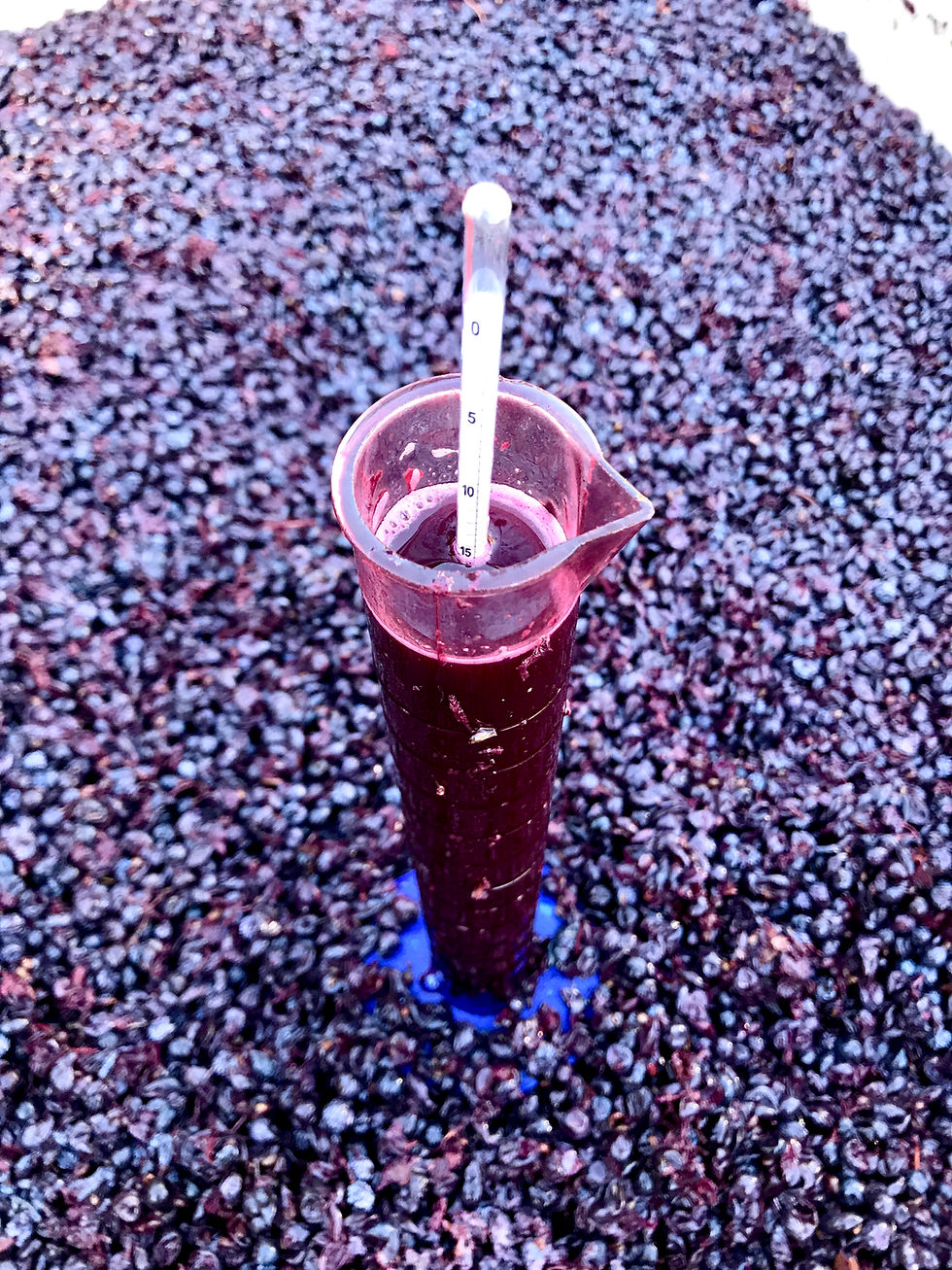Espelette - The Devil and the Details
- Pietro Buttitta

- Mar 9, 2019
- 4 min read

I remember my first espelette. I am only about 50% on the anniversary, and sometimes the car is not where it was left, but I remember the first time I used the pepper. I was working at Giorgio's in Portland, just after they made Gourmet's top restaurants list. I had just left Terra Restaurant in Napa Valley and returned to Portland hoping to continue up the fine-dining ladder. Giorgio's was turning out some of the best food in the city at that time, which was ironic since the chef, who had an immensely gifted palate and a resume to kill for, was the most miserable, insecure and douchebaggy lying weasel I ever worked for. The restaurant started its grizzly decline when we were runner up for restaurant of the year. The chef freaked (though he never admitted it), started drinking at the bar all day and soon disappeared back to New York where he closed three restaurants and is now slinging burgers and a "french hot dog." C'est la vie baby. Anyway, I used the pepper there, and this is about espelette. The esplette pepper is problematic. Most importantly, it is very expensive. This is because, just like a French wine can be A.O.C (Appellation d’origine contrôlée), espelette is an A.O.C. pepper. That means that the pepper can only be grown in ten authorized villages in the valley near Espelette (Ainhoa, Cambo-les-Bains, Espelette, Halsou, Jatxou, itxassou, Larressore, Pée Saint-sur-Nivelle, and Souraïde Ustaritz), hence the $10 per ounce price. It is used extensively in Basque cuisine, pipérade being the most famous dish. It is a shi-shi item. Is it worth it? That depends on your priorities, but you should certainly purchase it once and decide for yourself. If you are the type that buys the good anchovies, then yes, this is for you.

Espelette is not a hot pepper, though the heat can vary depending on all the normal climatic/soil/sun things. One container I used was quite hot, though generally they have only about one-third the heat of a jalapeno. The magic of the espelette is in its depth and range of flavors. For me it is sort of a cross between the fruitiness and tang of sumac and the much cheaper aleppo pepper. Aleppo (which is highly recommended as well for different reasons) has less fruit but more earthy-spice (like cumin, coriander, etc.) and can be found in most Middle-Eastern stores - will write on this one later. Espelette is quite pungent with a strong red fruity quality and also a floral tone. Its most famous attribute is an element of natural smokiness having nothing to do with smoking, unlike smoked Spanish paprika. Espelette therefore is a more delicate pepper. Though it can be used in robust dishes, like piperade, it will show its natural attributes best on a clean canvas. It performs very well with seafood (duh), utilized with clean and light flavors with a touch of natural sweetness and the umami character really brings the piquant and slightly tart flavors forward. It works well with citrus. Keeping it simple is key. Another way I have used it was in a simple fingerling potato salad that was only sliced fingerlings (gently simmer skin-on just until cooked, then slice hot and toss with ingredients while warm so that they absorb the ingredients and the starch creates a gentle binding creaminess), grey sea salt, lemon Agrumato oil and espelette. Add protein and some greenery, and you will look very, very sophisticated, if a little heavy. Wine pairing: Espelette will rarely drive a pairing. After all, it is not like adding a teaspoon of anise to a dish. But, it can add heat and sharpness, and it has that delicate citrus floral thing, so these elements should be accounted for. Let's imagine that the potato preparation above is the dish as a simple appetizer. Txakoli is the regional drink to go to, it is the Basque Vinho Verde basically. Its attributes are low alcohol which handles the heat, very high acid that keeps it clean, and the wonderful freshness that would make your Italian grandmother blush. If you want to go Spanish an Albariño may work, but if you use enough pepper to make it hot, look elsewhere. I highly recommend our Tocai Friulano as well. My recommendation is to grab something that has a bit of smoke characteristic to echo the pepper, and just a touch of residual sugar to smooth the heat. If the potato dish mentioned above is used, I say grab an Alsatian Pinot Blanc (yes, the derided lowly Pinot Blanc) in the $10-$20 range. It has some of the Albarino characteristics wrapped in a totally different paradigmatic package. Pinot Gris can taste like peanut shells (especially in the Willamette Valley) and I just can't roll with it in high-ripeness waxy form unless from Alsace, but crisp and lean could work. It should have about five grams of residual sugar per liter to tame a touch of heat, a whiff of smoke (from the auxerrois usually in the blend) and peach that works with the fruit of the pepper, and a medium body that matches the weight of potato and olive oil. Oh yeah, and it is cheap. If you must have Italian, go Catarratto from Sicily. Alto Adige Pinot Blancs are absolutely beautiful but they are dry and more crisp so let your heat level guide you. Add a few leaves of arugula and a couple of prawns, could not be easier.




